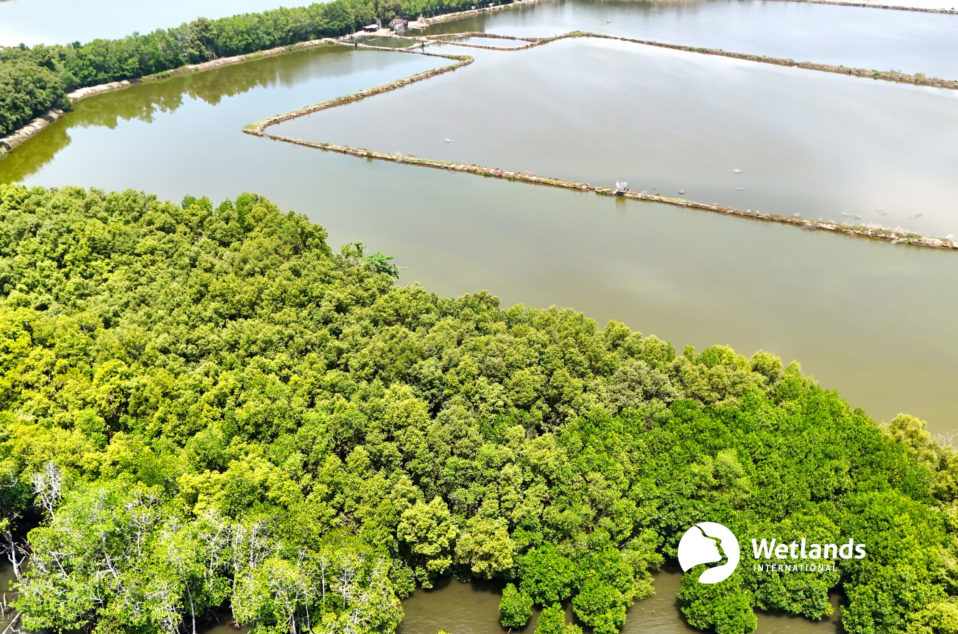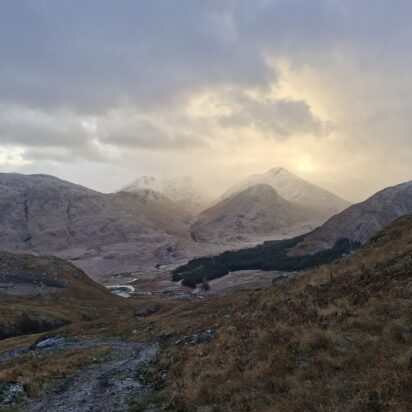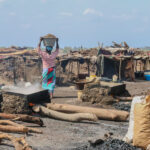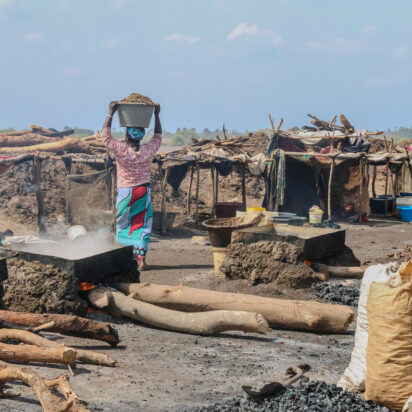Restoring the mangroves of Laguna de las Lajas, Panama
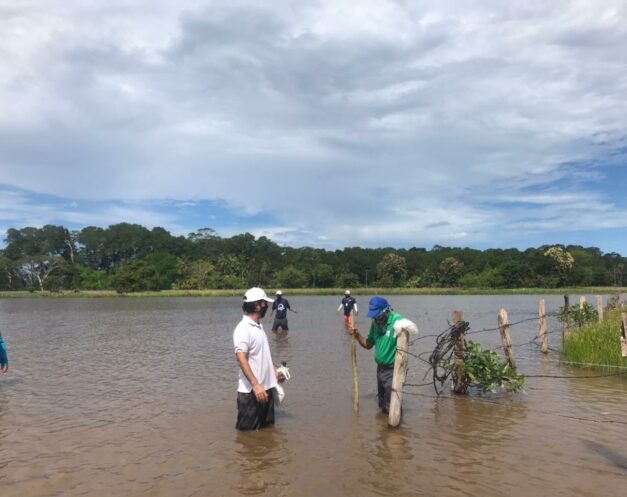
Wetlands International is working to bring back the mangroves in Laguna de las Lajas, a 140 hectare area in Chiriquí Province in Panama, to protect the coast from storms. Our approach combines restoring the water flow and helping the forest naturally spread throughout the lagoon over time. This effort has brought the local community together, rekindling their connection to the environment and contributing to its recovery.
Lagunas de las Lajas has been a vital resource for the local residents, used for fishing, watering cattle, and recreation. However, the mangrove forest, once abundant, has almost completely disappeared due to human activities, including changes to the water flow.
In 2016, Wetlands International began investigating the lagoon’s history and planning the restoration project, with crucial insights from local residents, including landowners and a former mayor. One key figure, Professor Ermila Arjona Carrera, shared that the mangroves were sprayed with chemicals in the 1970s to make way for agriculture, leading to their decline in the following decade.
Once the restoration site was selected, we started by addressing the water flow issues. We discovered blockages that hindered water movement, so we designed bridges to replace the structures causing these obstructions.
We also found that the lack of mature trees in the lagoon was preventing new tree growth. Nearby mangrove forests were not connected to the lagoon, due to the extreme degradation of the site, so we exceptionally planted new mangroves in patches within the lagoon to act as “mother trees”. These mangroves will spread their seeds through the water, gradually repopulating the lagoon. So far, three patches covering 5.16 hectares have been planted, and by broadcasting propagules which are already helping the ecosystem recover.
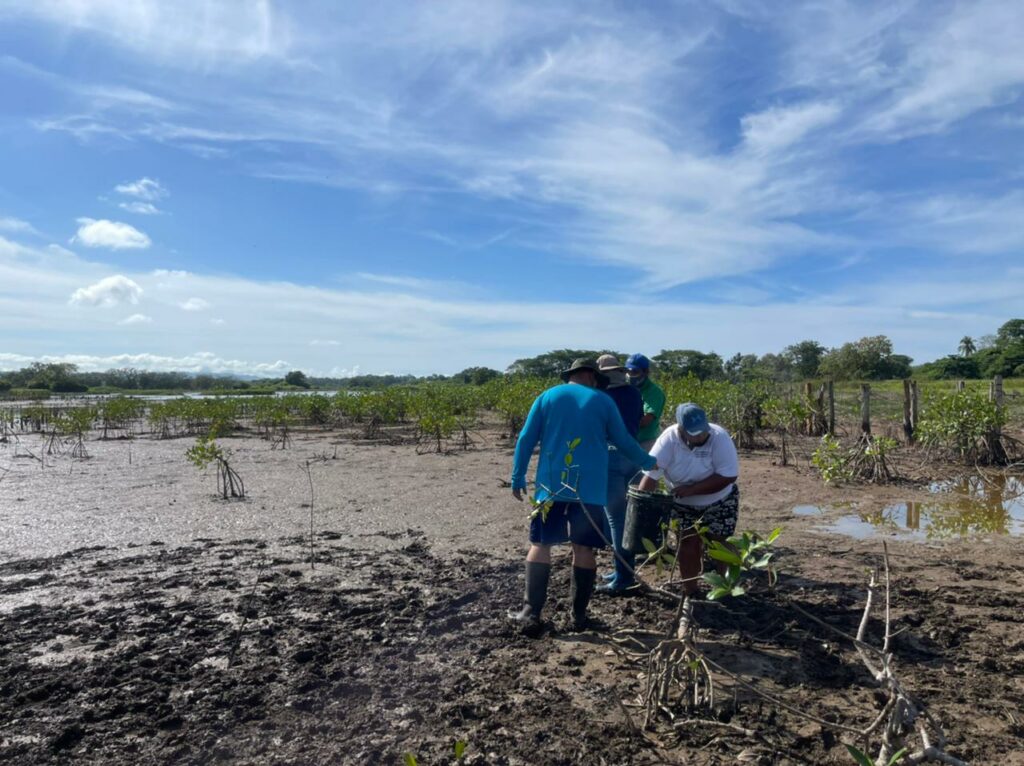
For five years, students, teachers, community members, and local authorities have been actively involved in the restoration. They also maintain a fence that protects the area from cattle.
We aim to inspire more restoration efforts in the region. The lagoon covers about 155 hectares of mangroves, with 74.53 hectares identified as having the potential for restoration.
Andrés Fraiz, Technical Officer for Wetlands International Panama, grew up nearby, and has extensive scientific experience with mangrove restoration. He has conducted robust and thorough forensic analysis to the site. In the video below (in Spanish), he shares more about the project:
Project partners: Ministry of Environment Panamá and The Islas Secas Foundation Grant.
Main donors: The Islas Secas Foundation Grant
Contact person: Andres Fraiz ([email protected])
Susanna Tol



